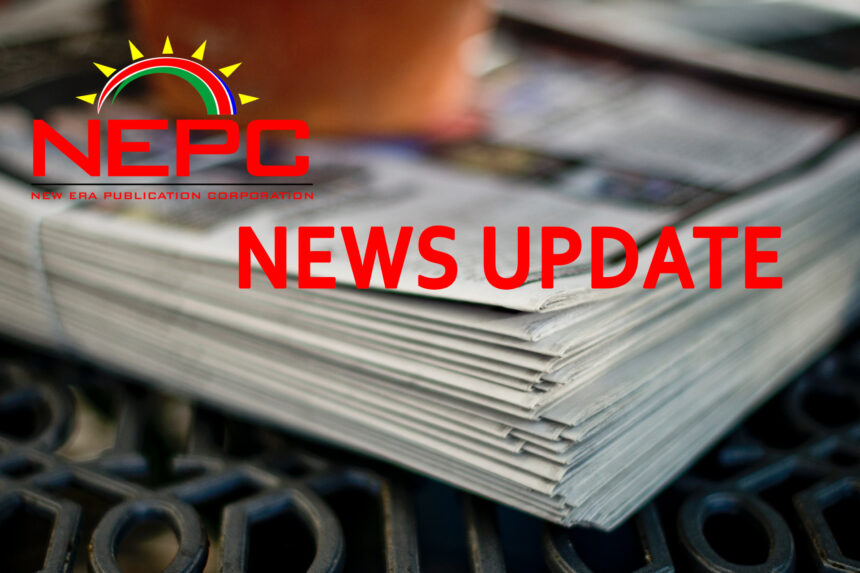NECKARTAL DAM – //Kharas governor Aletha Frederick says the Neckartal Dam will play a key and central role in uplifting the livelihoods of communities as well as small, medium and large-scale farmers.
She expressed this view recently during the launch of the fisheries research project at the dam, situated approximately 50km outside Keetmanshoop. The governor joined the technical teams of the Ministry of Fisheries and Marine Resources and the Food and Agriculture Organisation (FAO) to sample the first batch of fish from the dam.
“It was good to see dedicated government personnel in action, and I am happy to report that there are various species of fish that were caught in the dam. I witnessed the existence of catfish, mudfish, yellow fish and even the delicious tilapia fish species,” she beamed.
Jobs could thus be created for local inhabitants through fisheries and aquaculture enterprise development.
“The ministry of fisheries has undertaken a recent study that indicates that small-scale fisheries in the //Kharas region support approximately 30 000 people directly,” said Frederick.
She added that the dam should symbolise the //Kharas region’s potential as a breadbasket in terms of agribusiness, fish for nutrition security, lucerne for animal production and much more.
“Through this research project, we can explore opportunities in the fisheries and aquaculture sectors, and support development and economic growth towards prosperity,” Frederick emphasised.
The fishing sector, therefore, has the potential to generate a wide variety of benefits, including nutrition and food security and income and employment creation at household level.
“These benefits can directly translate into improved livelihoods, reduce poverty and contribute to the wellbeing of communities,” she noted. Frederick stressed the fact that women and youth should be empowered to catch, process and market the fish in the region.
“The Ministry of Fisheries and Marine Resources should provide training and build capacity for youth and women across the entire small-scale fisheries and aquaculture value chains,” she added.
The regional governor further expressed the hope that the results of this fisheries and aquaculture research project would contribute to the attainment of the Government’s National Development Plans and Programmes, including Vision 2030, NDP5 and the second Harambee Prosperity Plan.
“We give the ministry our full support, and look forward to working together until the full potential of inland fisheries and aquaculture on the Neckartal Dam is realised,” she noted.
In a speech read on her behalf, FAO country representative Varayi Zimudzi said the organisation has responded positively to a request from the fisheries ministry to develop a technical cooperation project, which includes the provision of equipment, the provision of technical expertise and capacity development support.
Meanwhile, deputy director of inland fisheries and aquaculture Johannes Hamukwaya said the environmental and social assessment impact specialist study for the dam on aquatic systems outlined some positive and negative possible impacts on aquatic systems, fisheries and aquaculture, as well as mitigation and management measures for the conservation and sustainable use of fisheries resources.
He added that the impacts of Neckartal Dam on fisheries is likely to be similar to those observed at the Hardap and Naute dams, with the most significant detrimental impacts on aquatic ecosystems likely to be reed encroachment downstream and upstream of the dam. “The positive impact overwhelms the negative impacts of the project. This project is well-aligned with the national plan of action for small-scale fisheries objectives that give emphasis to empowering vulnerable and marginalised small-scale fisheries actors for livelihoods. The project will not take less than six months,” Hamukwaya observed.
The Neckartal Dam has been built with a purpose to supply water to the envisaged green scheme projects south of it, where land is suitable for integrated farming (crop and fish production).


